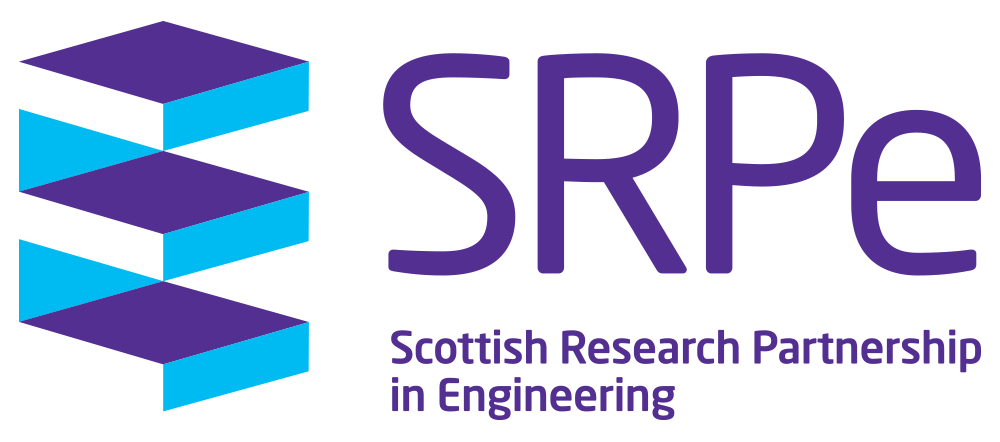Numerical Models of Driven Pile Installations in Chalk for Offshore Renewables
PECRE Award Holder: Dr Matteo Ciantia, University of Dundee
Exchange Host: Polytechnic University of Catalonia (UPS), Spain
For marine renewable energy (MRE) structures, foundations make up around 20% of the total cost, therefore improved geotechnical solutions can reduce the cost. Chalk is present in a large area of the East and South coast of the UK, where renewables are now being installed. In most cases they are founded on driven piles, who design uses empirical methods or partial (wished-in-place) simulations based upon geotechnical information obtained before installation. Installation effects such as grain crushing and pore pressure generation are conservatively estimated (if considered at all), as the change of chalk properties around the pile due to pile installation cannot be easily quantified.
In this research project, the coupled hydro-mechanical dynamic installation effects of pile driving in Chalks will be addressed numerically. A recently developed constitutive model for chalks is implemented into the Geotechnical Finite Element Method (GPFEM) numerical platform developed at UPC-CIMNE. The GPFEM, capable of handling fast dynamic soil-structure interaction, will allow numberical simulation of the pile-driving problem. Parametric analyses considering various pile diameters, pile surface roughness, chalk mechanical properties and other geometrical characteristics are performed. The numerical results will be used to critically address the limitation of current design specifications of driven piles in Chalk.
Simulations of pile extraction to allow estimation of extraction loads for design of safe extraction techniques are also performed. The importance of installation effects on offshore decommissioning are addressed by comparing the result of a wished-in-place pile and a pile that included an installation phase prior to extraction.
